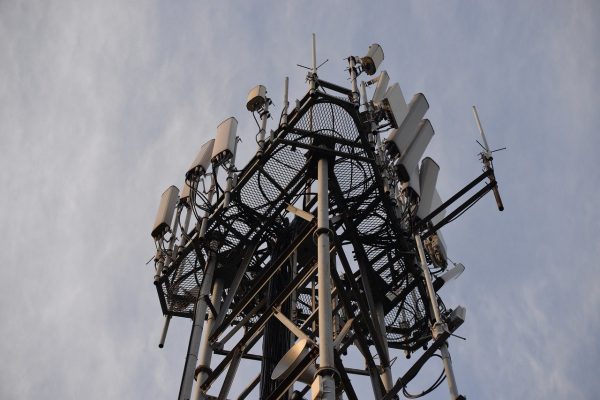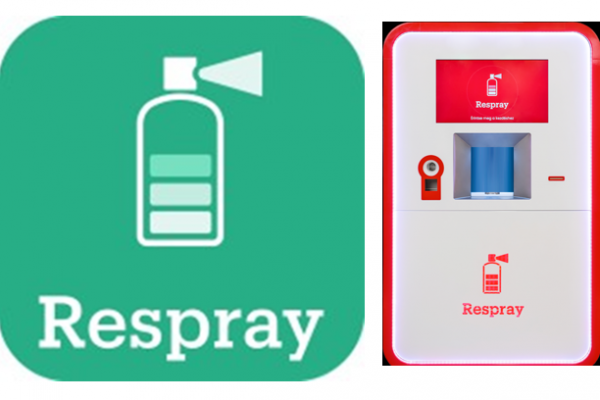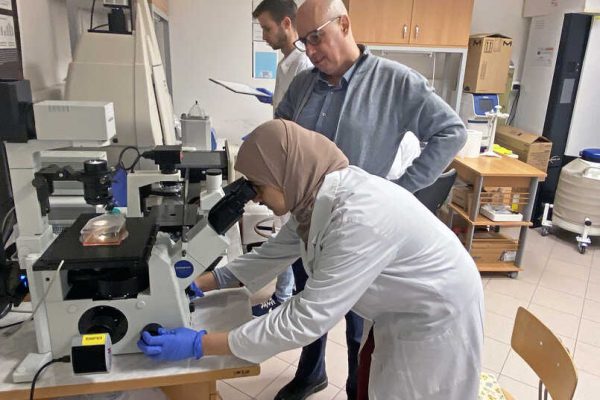In 1964, Nagykanizsa in South West-Hungary was chosen as a location for the light source manufacturing plant because natural gas was available for glass production, as well as people with knowledge about glass production. A technological leap was realized by installing Ribbon glass bulb production machines from Corning Glass Works, New York. Installing Corning Ribbon glass bulb production lines in 1974 made Nagykanizsa a key supplier of glass bulbs in Europe. Tungsram developed a lamp production machinery of higher performance (production capacity: 3500, then 4000 pieces/hours); deployable for a larger number of types of lamps. Production started in 1974 with an output of around 1.2 million/day, making import superfluous and inducing considerable glass bulb export, primarily to various European countries.
CFL represented an important step in light source development in the late 1980s. Research and development on the CFL were carried out at Tungsram, several lamp-types were developed, and two high-performance assembly lines were designed and built. With the considerable investment, the Nagykanizsa plant became a Center of Manufacturing Excellence for Compact Fluorescence Lamps (CFL) in 1992. Today, the Tungsram Group’s Nagykanizsa plant produces a wide range of high-quality products from incandescent, halogen, and fluorescent lamps to automotive, LED, and glass products.
Source: Tungsram












